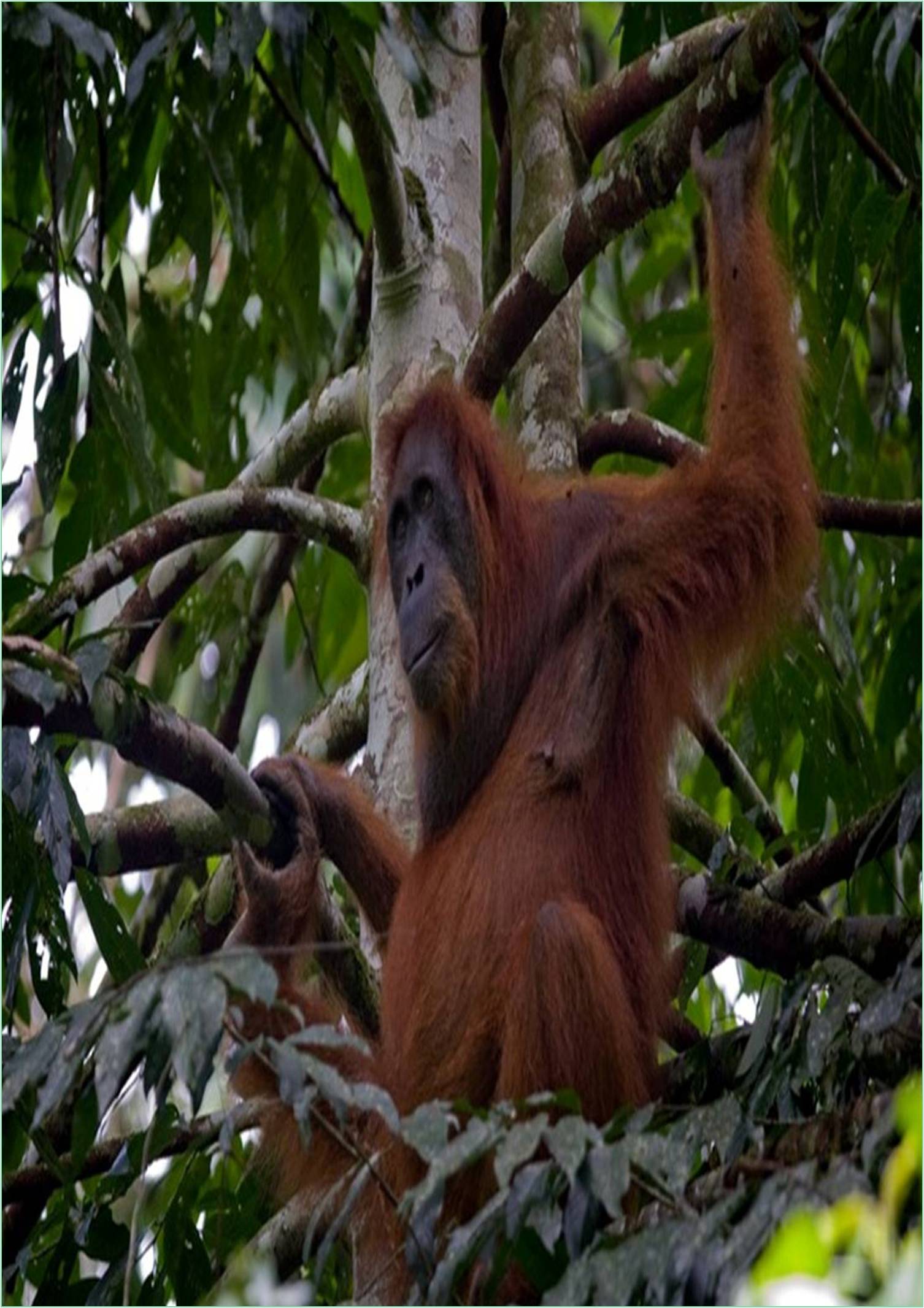



Received: 02-Nov-2022, Manuscript No. JBCR-22-83239; Editor assigned: 07-Nov-2022, Pre QC No. JBCR-22-83239 (PQ); Reviewed: 22-Nov-2022, QC No. JBCR-22-83239; Revised: 30-Nov-2022, Manuscript No. JBCR-22-83239 (R); Published: 08-Dec-2022, DOI: 10.15651/JBCR.22.1.017
Most ecological communities are home to many rare species (the rare biosphere), but little is known about how distinct ecological processes shape their existence. They modelled the relative influences of assembly processes structuring rare and common biospheres using spatiotemporal data on soil bacterial communities along a natural ecosystem gradient. They discovered that homogeneous selection had a greater influence on the assembly of the rare biosphere, whereas variable selection dominated the common biosphere.
They discovered homogeneous selection to explain the prevalence of permanently rare taxa by partitioning the different types of rarity, implying that their persistence at low abundances is limited by physiological traits. Variable selection, on the other hand, dominated the dynamics of conditionally rare taxa, which corresponds to these taxa's ability to switch between rarity and commonness in response to environmental spatiotemporal variations. Taken together, their findings help to establish a link between conceptual and empirical advances in the ecology of the soil microbial rare biosphere. Furthermore, this study provides a framework for better understanding, modelling, and predicting the existence and dynamics of microbial rare biospheres at various systems and scales.
Ecological communities are typically made up of a few highly abundant species and a large number of low abundance species, the latter of which is known as the rare biosphere. Rare microbial species in micro-biomes have the potential to play critical roles in ecosystem functioning, such as preventing pathogen spread, controlling nutrient cycling, and contributing to pollutant degradation. However, it is still unclear how different ecological processes interact to determine the assembly and successional dynamics of various types of microbial rarity. Rarity in plant and animal communities can be caused by a lack of competitive ability combined with frequency-dependent selection, a narrow niche requirement, or a lack of dispersal ability.
These mechanisms are most likely applicable to microorganisms. Protozoan predation and viral lysis, for example, can both control population size and occasionally lead to rarity. Bacterial specialists can also occupy niches not explored by generalists, allowing them to persist at low abundances. Furthermore, limited dispersal potential has recently been used to explain the rarity of bacteria plankton taxa. Although these mechanisms are diverse, they are not mutually exclusive and can operate concurrently. In fact, their relative importance is likely to vary over time and space, as they as across systems, contributing to different rarity abundance patterns within and across community types.
Different ecological processes (for example, selection, dispersal, diversification, and ecological drift) interact to shape ecological communities. They recently argued that understanding the interplay of ecological processes structuring the dynamics of the rare biosphere can help us better understand the mechanisms underlying the various rarity abundance patterns. The relative importance of different ecological processes, for example, can be quantified by comparing phylogenetic and taxonomic community structures with ecological null model randomizations. This method is based on the assumption that phylogenetically related species have more similar ecological niches than species drawn at random from the phylogenetic tree.
This information can be obtained by comparing the observed communities' phylogenetic structure to the distribution of null model phylogenetic community structures. In summary, null models are created by randomising phylogenetic community structures. When phylogenetic turnover exceeds the null expectation, community assembly is primarily structured by variable selection, indicating that community turnover is regulated by changing environmental conditions over time or space. However, if the community's phylogenetic turnover is significantly the null expectation, community assembly is mediated by homogeneous selection, implying that community turnover is governed by environmental filter(s) that do not change over time.
Conditionally rare species can fluctuate from low to high abundance on a regular or irregular basis; permanently rare taxa consistently persist at low abundance regardless of environmental changes over space and time; and transiently rare taxa only occur in a community for a short period of time and do not maintain detectable levels of population sizes.